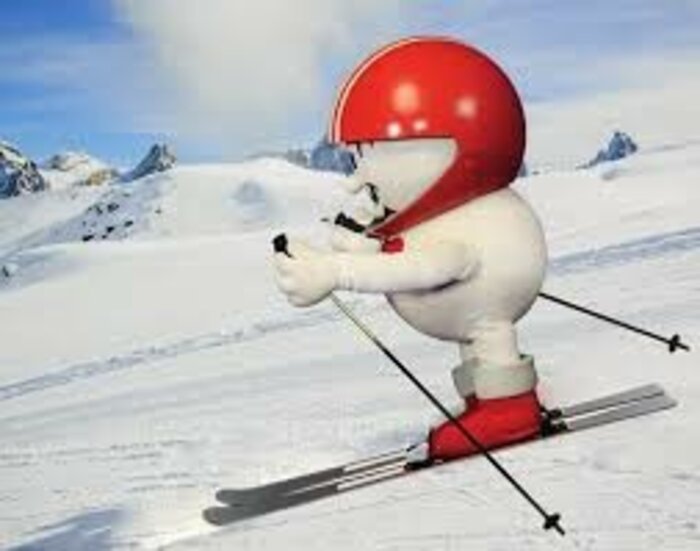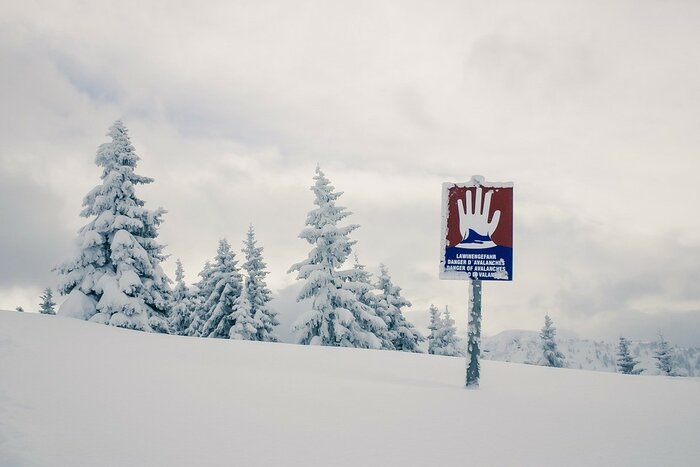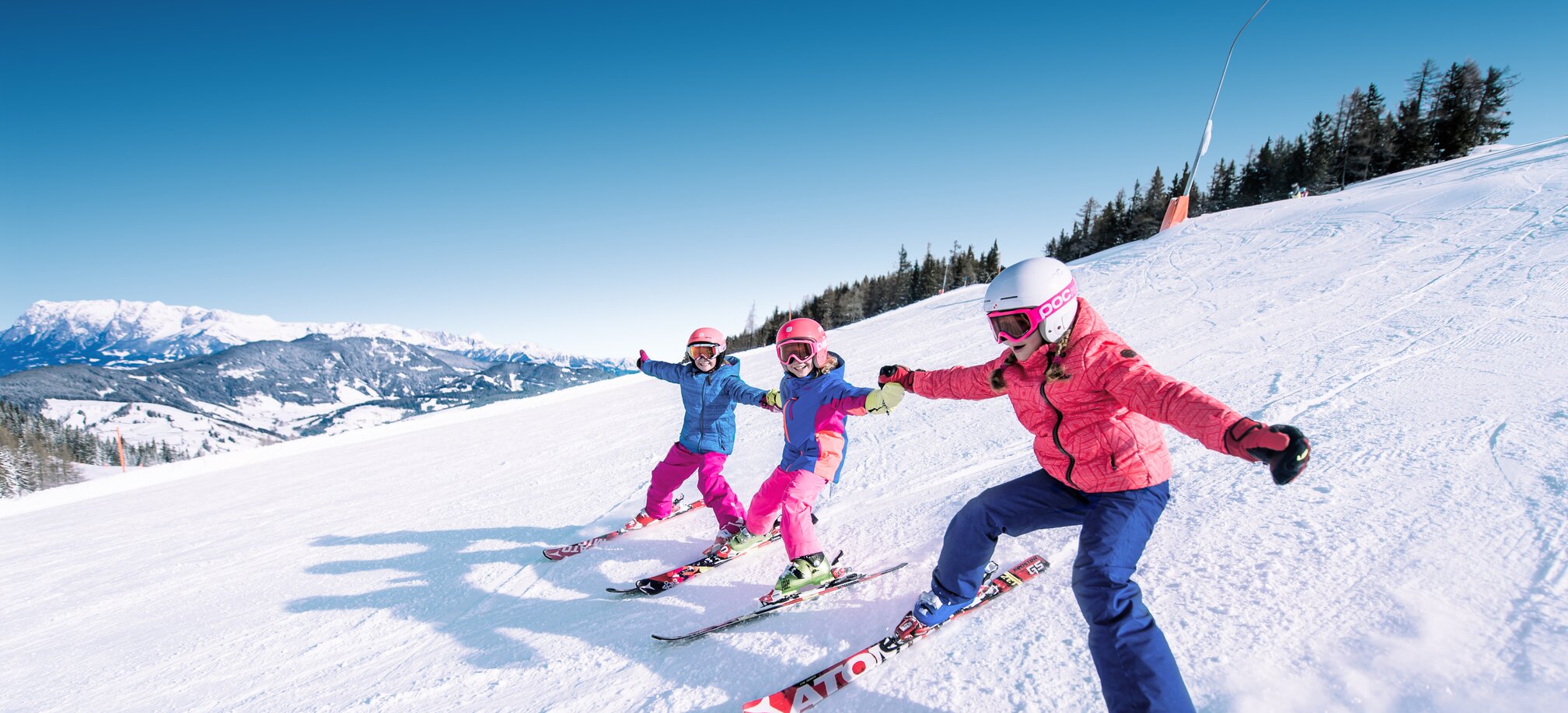
This year, I have to be honest and say that for me - and also for many other parents - the very important topic of "safety" is not as relevant as usual. Due to various measures and lockdowns all over Europe, there are far fewer skiers and snowboarders on our slopes than usual.
The less people there are on the slopes, the fewer things happen, and that's why this recreational fun is a lot more relaxed this year, especially when you're in the big ski areas of Ski amadé, where thousands of skiers usually gather.
As the title already suggests and as will be clear to anyone who is still familiar with the good old "Helmi" (a TV show for kids in Austria), today's blog is about safety on the slopes and using your senses to recognise possible sources of danger and then to react in the right manner promptly.
The current situation gives us the opportunity to go through various scenarios with the kids, so to speak, and to point out dangers and train certain rules of conduct. The practical thing is that in the current situation you can give the children more of a free hand and they can participate much more actively or even take charge once in a while.
Skiing in a group always means agreeing on a meeting point or a finishing point and someone who skis at the back, and choosing slopes that are manageable for everyone in the group in terms of difficulty. It gives the children a sense of security, especially in an area that they don't know so well yet when you agree on a meeting point that they can easily see and find. This means they can have fun up to that point without worrying about where to go next.
The "tail light", i.e. the last skier, should always be someone who doesn't mind following behind the group, but who also keeps an eye on the skiers in front of them so that they can stop and help in case of a possible crash. And here I don't mean immediate first aid measures, but simply things like picking up the lost ski pole, securing the crash site from other skiers or helping find the lost ski and, if necessary, comforting and reassuring words from a trusted person, which usually make everything not nearly half as bad.
Stop, but below!
When stopping at the assembly point, you can continue practising with the children. Namely, that stopping should take place at the edge of the slope and that you stop one after the other and, above all, one below the other in order not to wipe out the entire group which has come to a standstill and risk injuries in case someone fails to stop in time or there is an icy patch.
Such things can be practised with the little ones by, for example, through role play. The kids are the ski instructors, they ski ahead and determine the assembly points and check whether everyone stops correctly and safely at this assembly point.

Before setting off again, it is very important to look up (towards the start of the slope). This way, you cannot overlook skiers coming behind you and you can avoid a collision. To playfully point out the importance of hearing when skiing, you can agree whilst on the chairlift or drag lift to count together at the top what sounds the kids heard during the lift ride.
In comparison, they should try to perceive something acoustically whilst skiing. They immediately notice the comparison and learn that it is much more difficult whilst skiing, due to the helmet. This makes it all the more important to look all around, i.e. to occasionally look around, whilst skiing in order to see dangers and risks in good time.
For children, it is immensely important that the parents or other accompanying adults also share their impressions of the surroundings with the children. Because in the mountains there are other dangers lurking that should not be underestimated, other than collisions or falls on the slopes. And if there is still a little time and motivation left at the end of the day...children love playing with the avalanche beeper (avalanche transceiver). It's very simple. You only need two transceivers. One of them is buried somewhere in the snow, the other one is given to the kids. Now the task is to find the "buried beeper" and retrieve it with an avalanche shovel. Another fun way to train visual and acoustic perception and, by the way, also a great game when kids are in a group or are allowed to try their hand at treasure hunting at a wintry birthday party.
With this in mind, ... happy skiing days and practise hard ?


